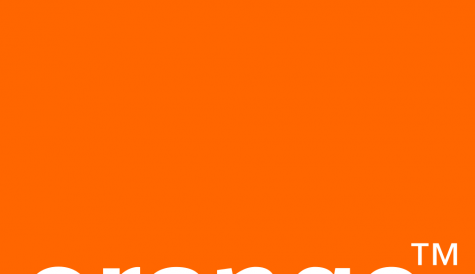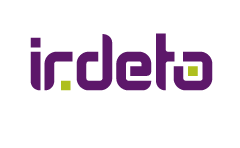ViewSat doubles up with MENA expansion plans
Satellite service provider ViewSat is expanding its footprint in the Middle East as demand for channel capacity continues to grow in the region. Andy McDonald reports.
 ViewSat, a global provider of broadcast and transmission services for television and radio channels, is making substantial investments in the Middle East and North Africa as part of its regional expansion strategy.
ViewSat, a global provider of broadcast and transmission services for television and radio channels, is making substantial investments in the Middle East and North Africa as part of its regional expansion strategy.
Headquartered in the UK, the firm offers services throughout the Middle East, North Africa, sub-Saharan Africa, North America and Europe and already has a range of clients in the MENA region including Tunisia Television 1, Yemen-based Aden TV and Sheba TV and religious station Al Eman. But local conditions are opening up the potential for further growth.
“At the moment we have one transponder in the Middle East and North Africa – we had that from September 2010. We’ve filled that up quite quickly and now we are planning to launch our second transponder for the Middle East and North Africa – that’s on the 7-8° West DTH location – later on this year,” explains Viewsat’s head of sales and marketing Safia Rana-Jaswal.
Using a Eutelsat transponder, Rana-Jaswal says that the exact launch date is yet to be confirmed, though it is aiming for mid-August. The move marks a bid to offer extra capacity with the firm having filled its first transponder within a year launching – something that Viewsat hopes to replicate second time around. “At the moment we’ve got about 30 channels from the Middle East and North Africa. But with our new capacity, we should be able to double that easily within about 12 months. So we’re predicting about 60-plus [channels] within 12 months,” says Rana-Jaswal.
Underlying Viewsat’s expansion plans is a surge in demand from the region. “There’s been a massive increase in channels since the Arab Spring,” says Rana-Jaswal, attributing this to the lifting of restrictions, particularly in North Africa. “It’s brought on a lot of opportunities for service providers such as us.”
This is a trend that Rana-Jaswal says shows no signs of stopping. While new channels have sprung up, insufficient capacity in this region has meant the number of operators has remained the same, and the appetite for new channels is not abating. “There’s so many things going on in the Middle East at the moment, it’s not something that’s just going to level off,” she says.
While Viewsat works with a mix of channels – from religious broadcasters to general entertainment networks, Rana-Jaswal says a lot of the business it receives is from private broadcasters, as opposed to the larger corporations. “They’re more your everyday kind of person who has content together or feels passionately about something, for example, and they want to have their own TV station.”
However, working with this kind of client presents risks – particularly when it comes to politically affiliated channels. “There could be channels, or providers such as us, subject to signal jamming, because people don’t like what people are showing,” says Rana-Jaswal. She claims this has happened twice in the last two years, forcing ViewSat to “take the decision whether to remove the channel, because it’s affecting our other channels that are on our transponders”.
“We’ve been subject to that, [but] we’ve been one of the fortunate ones because we go through a vigorous process of filtering out the channels, making sure that we look at the content first to see that there’s nothing that could be subject to this kind of jamming,” she says. However, Rana-Jaswal concedes that “though we are monitoring our channels 24 hours a day, you can’t filter out everything”.
Jamming risks aside, ViewSat is finding other new opportunities related to streaming services, which Rana-Jaswal says is “something that’s huge at the moment in the Middle East. Everyone wants to do live broadcasting and everyone wants to stream their TV channel onto their own website,” she says. “Out of our 30 customers, we have probably nearly half that are asking to do live, or streaming, so it’s a big proportion.”
With momentum growing, ViewSat is now looking to up its profile. At Cabsat this year it had a much bigger presence than two years ago – last year the firm was not represented at all, Rana-Jaswal explains, as it had run out of capacity. Though ViewSat is smaller than other regional players like Norsat, Nilesat and Arabsat, Rana-Jaswal says that this also means there is less bureaucracy and more flexibility.
“I can have a channel up within hours if needs be, which a lot of other providers can’t,” she says.



